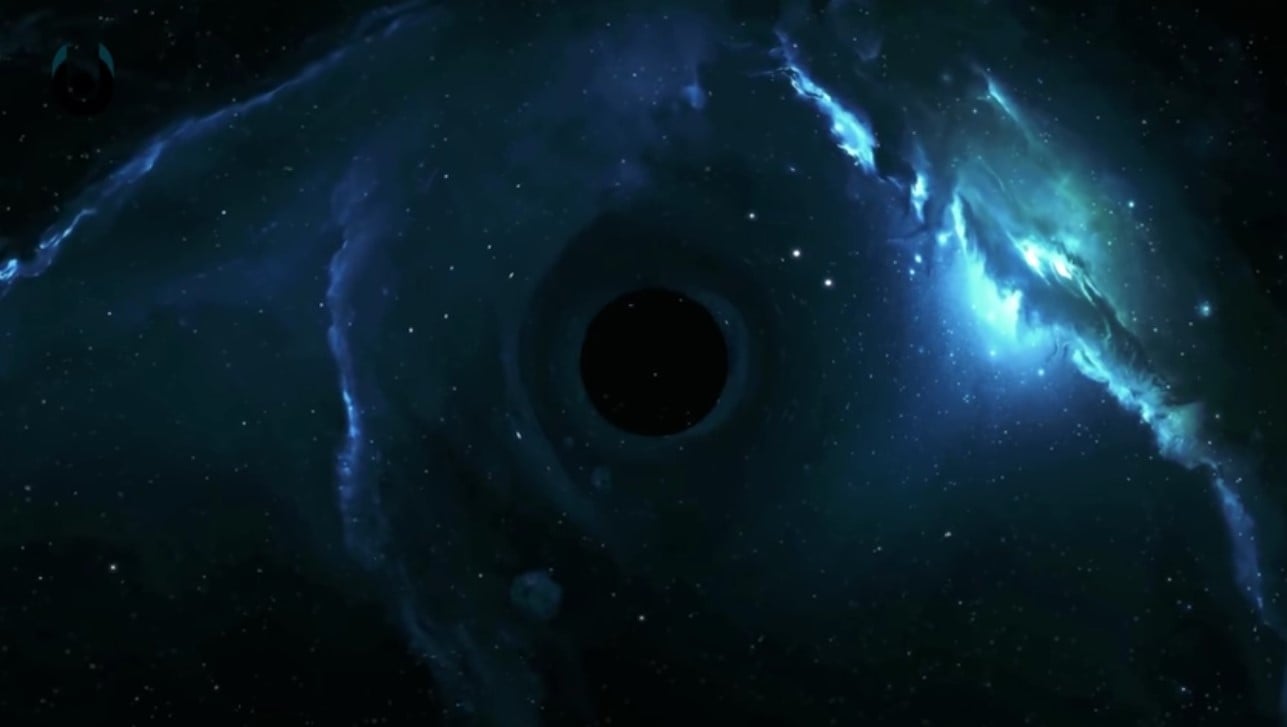Scientists believe they have found a black hole in a star cluster after they found its gravitational pull on one of the stars. They discovered a stellar-mass black hole in the star cluster NGC 3201 when they observed an inconsistent motion displayed by the star that orbited it. The scientists discovered this with the European Southern Observatory’s Very Large Telescope in Chile. The MUSE instrument of the Very Large Telescope revealed that the star was behaving oddly.
It was “being flung backwards and forwards at speeds of several hundred thousand kilometers per hour, with the pattern repeating every 167 days,” according to a statement by ESO published on Wednesday.
Scientists determined that the observed star was 80% of our sun’s mass, while the black hole was determined to have a mass of roughly 4.3 suns. Scientists are not certain that the object is a black hole exactly, as there is an absence of an accretion disk and no record of matter being dragged into it, although it’s highly likely that it is.
A paper titled “A detached stellar-mass black hole candidate in the globular cluster NGC 3201” can be found on ESO’s website and is set to be published in the journal Monthly Notices of the Royal Astronomical Society.
“It was orbiting something that was completely invisible, which had a mass more than four times the Sun — this could only be a black hole! The first one found in a globular cluster by directly observing its gravitational pull,” the study’s lead author Benjamin Giesers, from Georg-August-Universität Göttingen, Germany, said in the statement.
There are many star clusters orbiting the Milky Way, and NGC 3201 is one of them, among 150 other known clusters. The mentioned black hole in a star cluster is located roughly 16,300 light-years away from the Sun. Star clusters are collections of stars and are some of the oldest in the universe, being home to tens of thousands of stars. The mentioned star cluster in particular is over 10.2 billion years old.
According to the theories of black hole formations, a number of stars would explode and collapse throughout those billions of years in order to turn into black holes. As star clusters don’t create new stars in continuity, stellar-mass black holes in the clusters would become the most massive objects.
“Until recently, it was assumed that almost all black holes would disappear from globular clusters after a short time and that systems like this should not even exist! But clearly this is not the case — our discovery is the first direct detection of the gravitational effects of a stellar-mass black hole in a globular cluster. This finding helps in understanding the formation of globular clusters and the evolution of black holes and binary systems — vital in the context of understanding gravitational wave sources,” Giesers said.
If the invisible object isn’t a black hole in a star cluster, it could be another object, but is less likely. For example, scientists think it could be “two tightly bound neutron stars, with the observed stars orbiting around them.” Nevertheless, the requirement for the neutron stars would be for both to be at least twice the sun’s mass, which would make a binary system of which kind hasn’t yet been observed.





